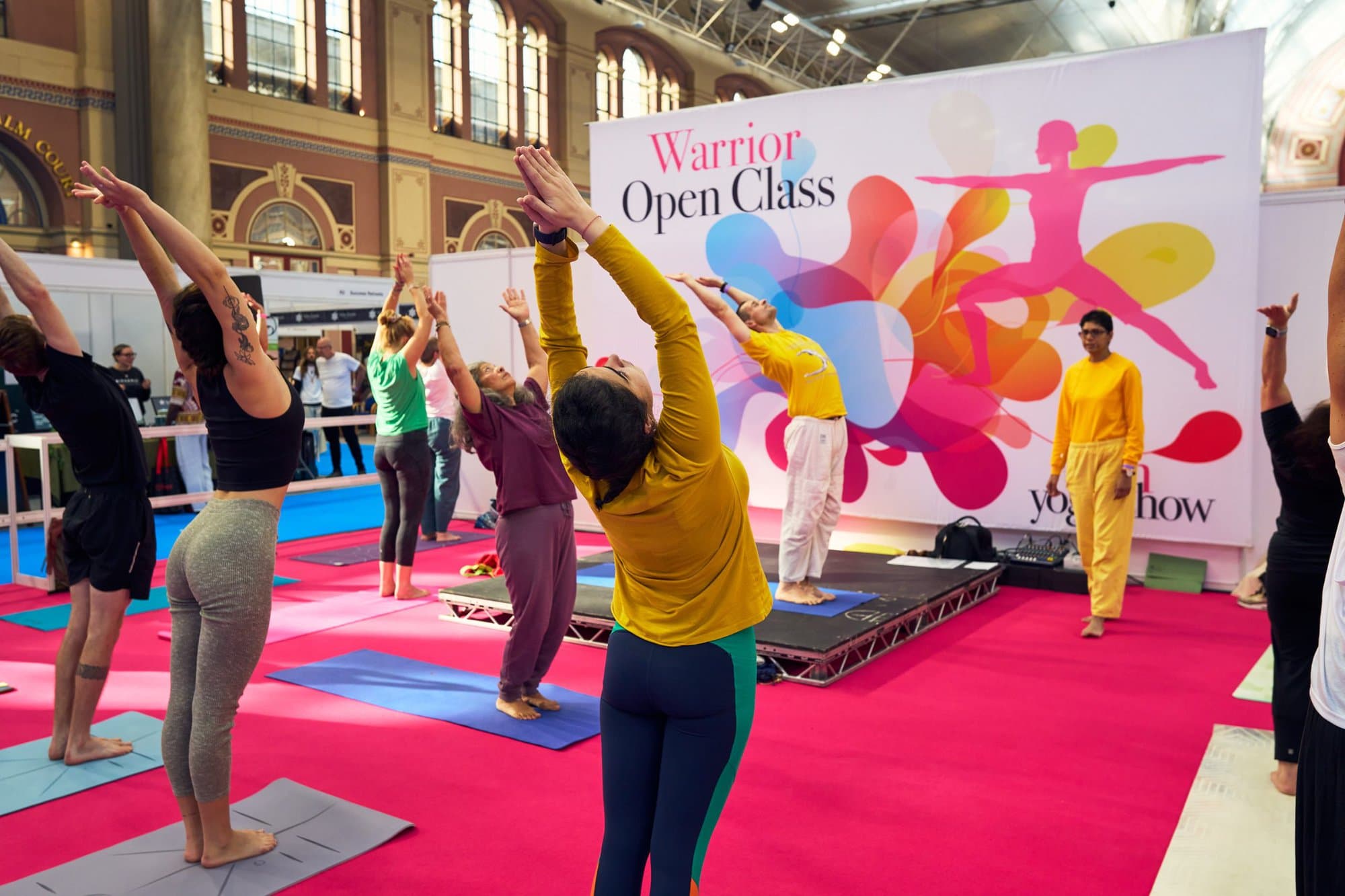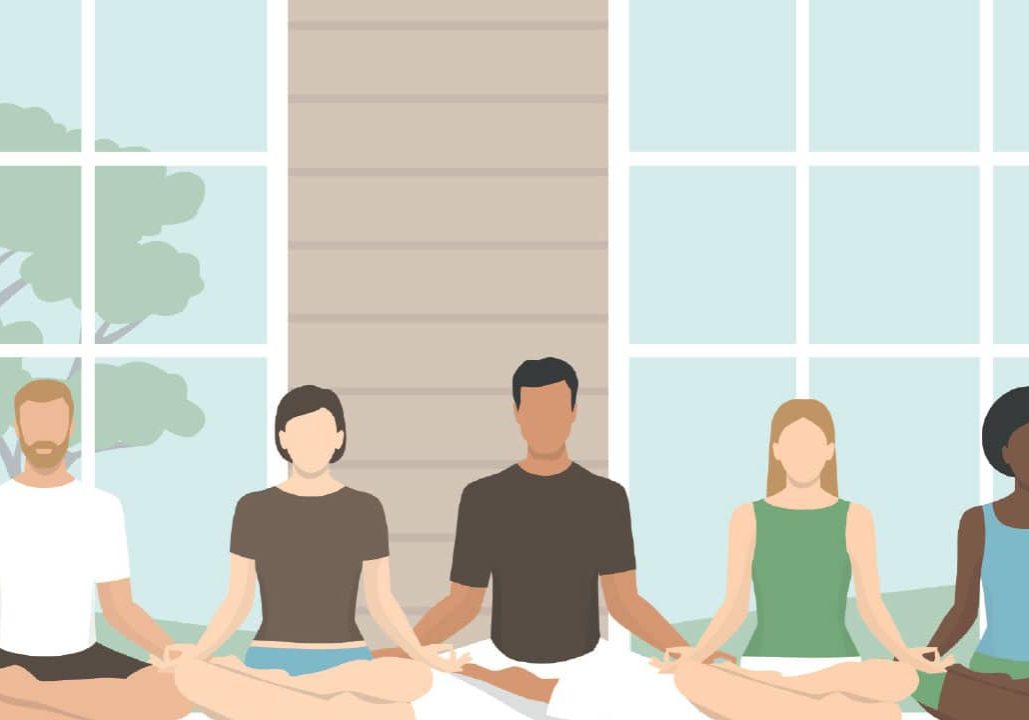
The Divine Feminine
Is yoga a feminine or a masculine practice? An exploration of ancient texts and modern realities by Rola Tassabehji
Reading time: 6 minutes
Stories of the Hindu deities, who often have both male and female counterparts, often found their way into my yoga classes and personal practice. Hindu goddesses, many of whom are still revered today, are regarded as the representation of shakti, also referred to as “the great divine mother” or “the universal mother,” the feminine source of power in the universe.
From Lakshmi representing abundance to Durga, a symbol for the destruction of evil, these goddesses display different characteristics which can also offer metaphors and inspiration off the mat.
My curiosity in female voices in yoga was also fuelled by the absence of women in the male-centric ancient texts. Meanwhile, modern yoga has become a predominantly women-led practice, especially in the West. With the gender debate getting more complex, and more women taking leadership roles in yoga, can the ancient practice play a role in a more gender[1]inclusive society and a wider definition of beauty?
The early women yoga pioneers
In an academic study entitled “Yoga and Women: A Possible History,” Agnes Wittich finds evidence of women practitioners in yoga from the earliest material evidence of the practice, dating back to 2500 BC, “though it is uncertain to assume that it was the same 'yoga practice' that is known to us from later times.”
Janice Gates, author of Yogini: The Power of Women in Yoga, traces a similar spiritual role of women in the history of yoga: “There were numerous references to female scholars, priestesses and philosophers who were practicing yoga in its widest sense, acknowledging the connection between the human and Divine.”
For yoga scholar, Anjali Rao, excluding these ancient voices has given rise to many misunderstandings such as noting that women didn’t practice any yoga until the practice gained popularity in the West. Rao adds: “This belief stems from ignorance — not only of yoga history, but also the narrow definition of yoga as solely a movement practice.”
With the decline of the Indus Valley Civilisation and the rise of the Brahminical era (around 1100-500 BC) women’s status and their participation in spiritual practices declined.
One of the most classic texts on yoga today, Patanjali’s Yoga Sutras (most scholars dating it back to second century BC), marked the beginning of classical yoga. Whether or not women were practicing yoga at the time of this text is unclear. But there is consensus that by medieval times (1350 AD) The Hatha Yoga Pradipika widened accessibility of the practice to anyone, regardless of caste or gender, and framed it around a more scientific approach.
Women in postural-based yoga
Around the 1920s, asana (physical) practice began to blend with other physical practices including European gymnastics. T. Krishnamacharya, widely recognised as the “father of modern-day yoga”, accepted his first woman student, the Latvian-born Indra Devi, sometimes called Mataji, on the recommendation of the Maharaja of Mysore.
During my time in India and later with conversations with Dr. Kausthub, the grandson of T. Krishnamacharya, I learned that his grandfather started teaching yoga practices to his wife, sister-in-law and his daughters, recognising the huge potential they had while accepting Indra Devi as his first foreign woman student.
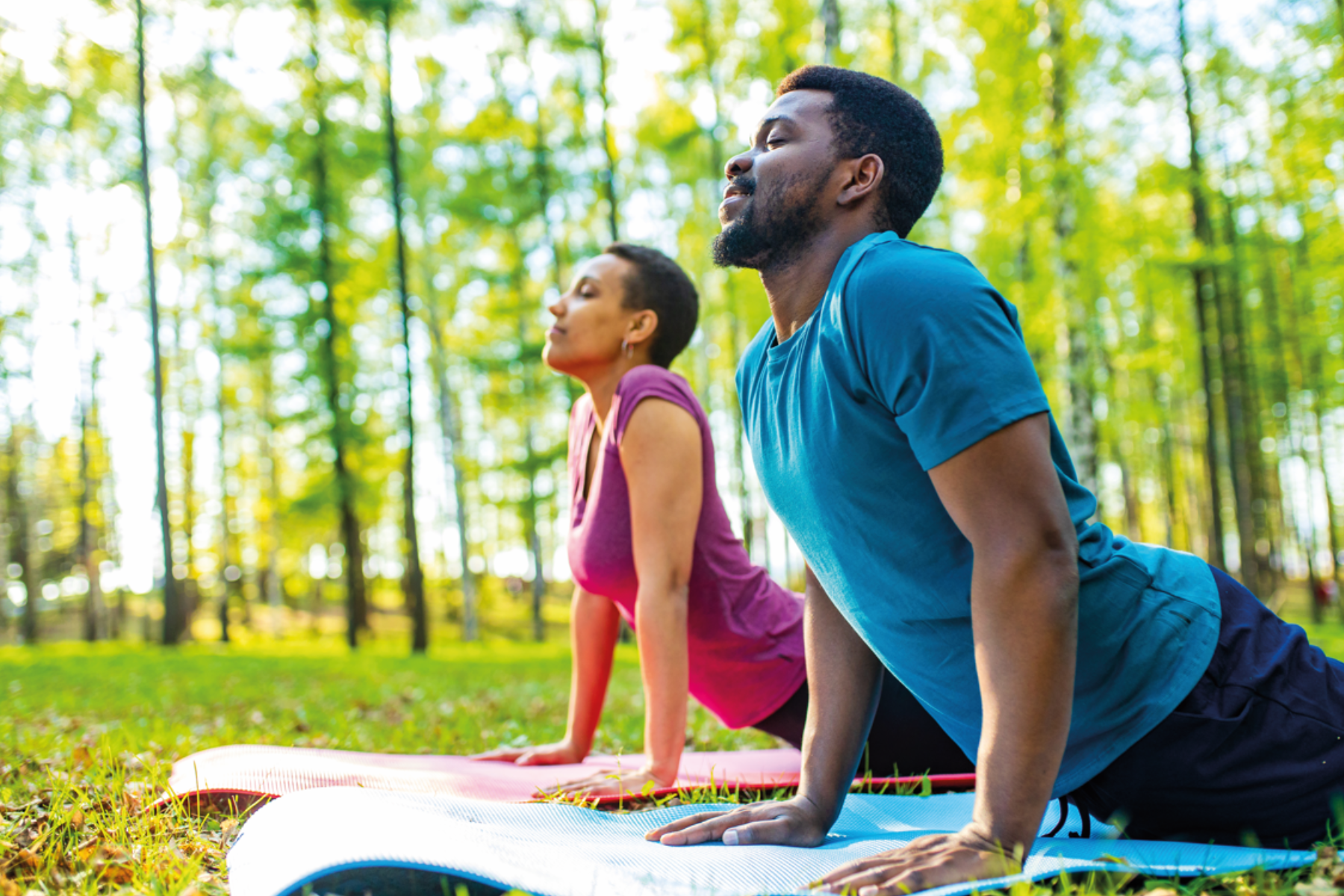
Dr. Kausthub explains that by the 1960s his grandfather began teaching Vedic chanting to women, “which was totally against the protocol of orthodox Brahmin culture.”
Among T. Krishnamacharya’s earliest students of Vedic chanting in the 1960s was his own daughter-in-law, Mrs. Menaka Desikacar, who continues to teach at Krishnamacharya Foundation in Chennai and is considered one of the the most senior teachers of the Viniyoga tradition.
Meanwhile, Indra Devi moved from India to the USA, becoming the teacher of several high-profile Hollywood actresses, and the first Western female teacher. In addition, from the 1950s, Krishnamacharya’s other legendary students BKS Iyengar and K. Pattabhi Jois popularised yoga in the West with many women students.
But for many observers, Geeta Iyengar, the daughter of BKS Iyengar, had the most influence in highlighting women's yoga as we know it today. Published in 2002, her influential book Yoga: A Gem for Women, provides specific yoga tools, in accordance with women’s changing bodies, and remains widely read.
Fast forward to today, and there are over 300 million yoga practitioners in the world, and an estimated 72% of practitioners are women. Some of these great pioneering women teachers include the likes of Blanch Devries, Sylvia Hellman, Shiva Rea, Sharon Gannon, Seane Corn and Sarah Power, to name a few. Collectively, they are building a bridge between the physical modern yoga, and its spiritual, and more feminine principles.
Two of my favourite books on the subject include Shakti: The Feminine Power of Yoga, where the author, Victoria Davis has captured the essence of shakti, the feminine energy with beautiful photography. In The Secret Power of Yoga, world-renowned yoga expert Nischala Joy Devi interprets Patanjali’s Yoga Sutras, the principles at the basis of yoga practice, from a feminine perspective.
Her feminine interpretation of the yoga sutras emphasises the heart more than the mind, and refrains from using the word “he” (like other interpretations) to refer to the concept of a supreme being or universal force. One of the reason"s for writing the book was because Devi believes that we, as a culture, “not only leave women out of the teachings, but also generally overemphasise the masculine qualities of practice and minimise the feminine.”
Yoga as unity
But has the pendulum swung way too far? As a yoga teacher, and later during retreats, I witnessed first-hand subtle bias with gender-segregated workshops and retreats. For example, a few years ago in my advanced teacher training, I participated in a fun, but in retrospect, discriminatory ‘for-women-only’ workshop called “Awaken Your Inner Goddess.” While the theme was around Hindu goddesses, in retrospect, I believe it was unfair as it excluded the only male teacher in training.
Rather than thinking of gender balance in binary terms, going back to the origin of yoga brings us back to its essence, as a process towards union and balance — not only between body and mind, but between everyone’s masculine as well as feminine side.
Mark Whitwell, a yoga scholar and pioneer who trained with DSK Desikachar says: “Recognise that we are all male and female, regardless of same sex or gender identification. Actual yoga is not a denial of male and female. Instead, it is a collaboration of opposites. The methodology is to acknowledge and participate in this union of opposites.”
He adds: “Life is a unity. There is no dualistic ‘other’ that you have to get beyond. All appearances are within this unity. Your yoga is merely your participation in this unity. No process, nothing gradual, no bringing together of two opposites. Participation in the union of opposites reveals the source of all opposites.”
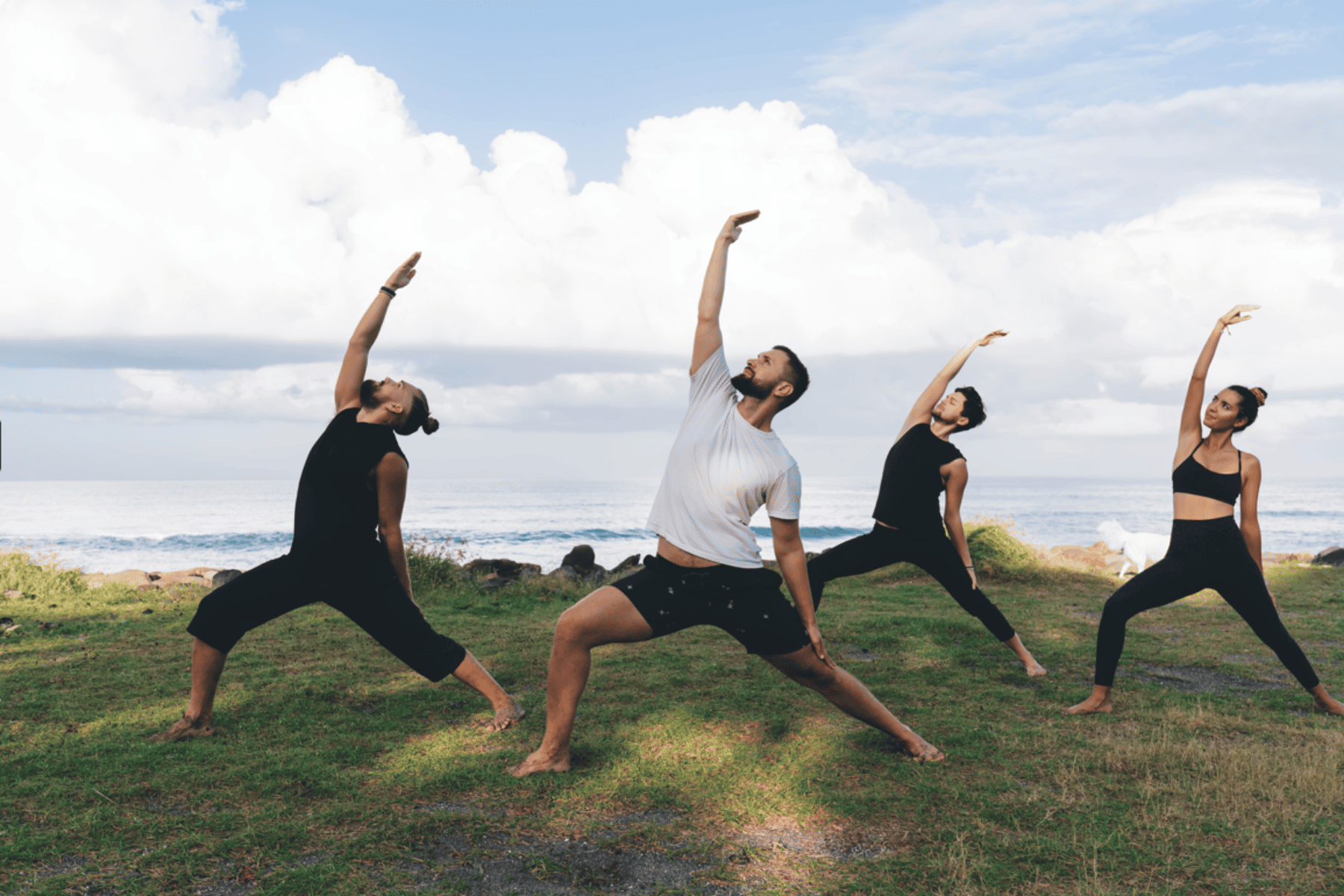
Whitwell also stresses the nonhierarchic and non-dualistic nature of yoga passed down from T. Krishnamacharya and his ancestors, whereby the teacher is “no more than a friend and no less than a friend, the force of nurturing — not a social identity or brand, not a status or position. Hatha means the merging of sun and moon, male and female — a purifying and remedial practice where breath and body movement are one.”
Making yoga more inclusive
As a yoga teacher and lifelong student, here are a few practical ways I have found to help make yoga more inclusive: • Move away from binary labels, gender pronouns and terms. I personally prefer not to use terms like yoginis, ladies and gentlemen. Referring to all practitioners simply as yogis might make everyone more comfortable.
- Recognise that, on and off the mat, male and female identities, similar to the ancient Chinese concepts of yin and yang, exist on a spectrum. On any given day, a student or teacher can bring on a variety of these energies, alternating between different forms of yoga and different postures, some emphasising strength or a dynamic practice, others flexibility and restorative practice. The key is to eventually flow through a class towards a more balanced state.
- Go beyond the marketing hype. As a studio owner, teacher, or student, use your platform, including your social media feed, to celebrate different forms of diversity, including gender, age and ethnicity. While many yoga brands have started to focus on showcasing more inclusive images, not many are doing it authentically.
- Encourage your husband, partner, brother or male friend to join you in your next open yoga class. Instead of going out for a drink or a meal, the bonding can be especially powerful and often men need a gentle nudge, with a little of sense of humour, to start the journey.
- Dissolve the power structure,” as Mark Whitwell put it in reference to positioning the teacher as the final authority. He adds: “In today’s brand-dominated world, people should be able to have a yoga that is adapted to them in their changing embodiment, rather than adapting themselves to a system. Particularly if in a big class, reject any form of bullying or authoritarian teaching style.”
Yoga and the “beauty myth”
In her book The Beauty Myth, Naomi Wolf writes about how images of beauty are used against women. In one of her famous quotes, Wolf says: “As women released themselves from the feminine mystique of domesticity, the beauty myth took over its lost ground, expanding as it waned to carry on its work of social control.”
While her feminist writing related to the 1990s, and there has been progress since then, the yoga industry continues to promote what Wittich describes in her academic paper, “Yoga and Women: A Possible History,” as the “beauty myth in disguise of a spiritual practice.”
In 2007, I first came across a global research study that revealed that only 2% of women around the world considered themselves beautiful. At the time, I was leading corporate communications for Unilever in the Middle East and acted as the face for the award-winning Dove Campaign for Real Beauty in the region.
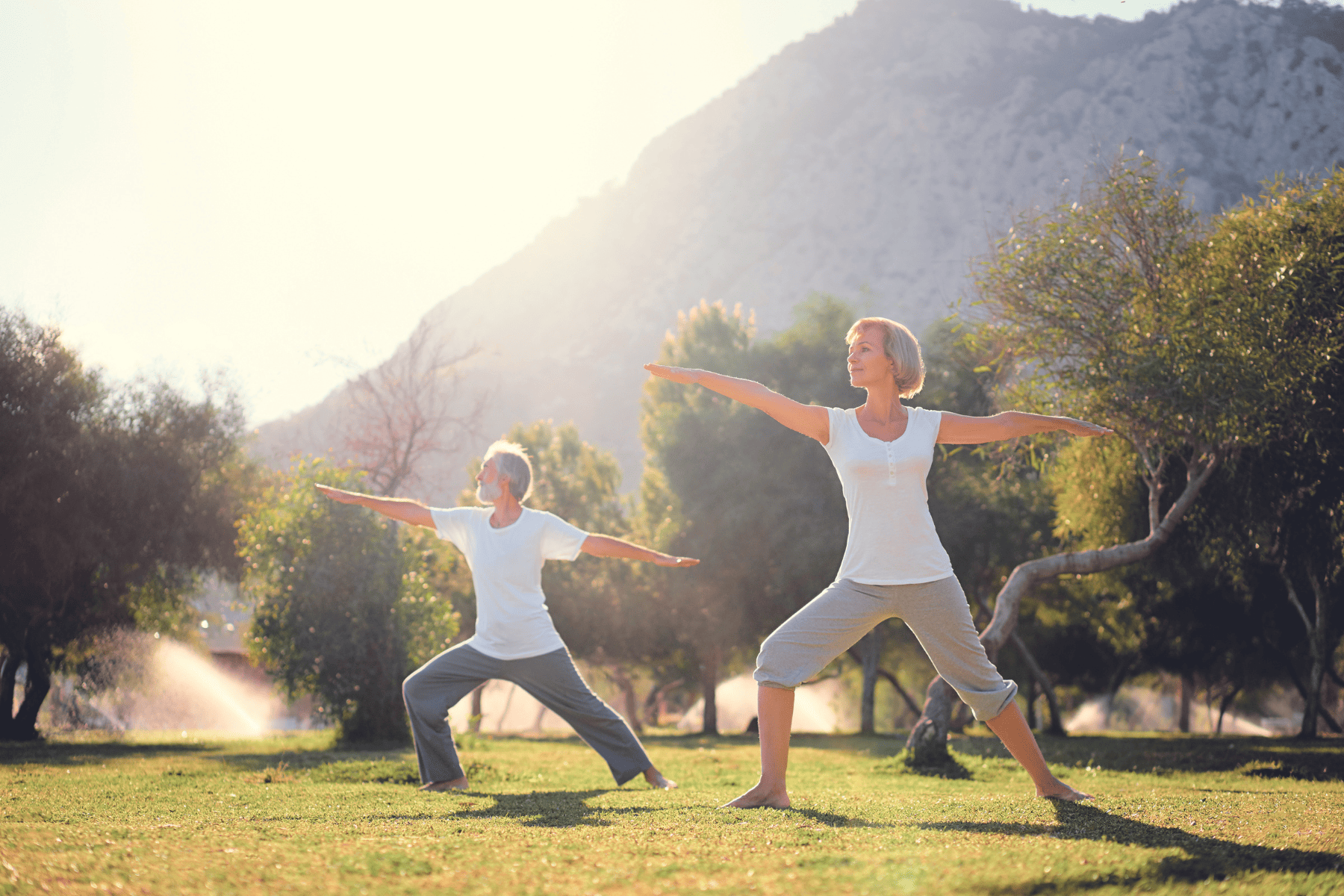
Since then, many brands have followed a similar path of challenging a narrow definition of what it is to be beautiful. Although some have genuinely helped change perceptions, social media culture and imagery continue to propagate a limited conversation around beauty.
Progressing through my yoga journey, I acquired a different lens to the concept of beauty. Witnessing the transformative power of yoga on myself and others, I began using the word in a different context — for example, describing a beautiful yoga practice that I had just experienced myself or after witnessing the excitement, joy, strength and presence of individual yoga students, especially seniors, after class. All this led me to reflect once again on the definition of beauty. What makes a person or a practice beautiful, and what does yoga have to do with it?
Expressions of beauty
Here are some of my insights on discovering expressions of beauty through yoga, not the commercialised and commodified version, but the purer mind-body instrument for self-inquiry and growth.
Yoga offers freedom: While yoga is still often associated with one body type, there is increasing awareness that yoga is accessible to everyone, young or old, overweight or fit, for people of all ethnicities and sexual identities. And for those who have truly experienced the power of yoga, the external beauty dimension becomes a non-issue. Beauty becomes a reflection of greater wholeness, defying mainstream convention.
Yoga makes you kinder in your body and with others: This ancient practice promotes acceptance and respect for different health conditions. Yoga teachers are often taught to ask new students if they have any injury or health situation. Throughout my teaching career, I discovered that most people fall into the later category. Whether at an emotional or physical level, to be human is to experience injuries, health setbacks, and discomfort. Through its emphasis on acceptance, yoga offers a framework to embrace the beauty in each of us, no matter how old, how sick, or how vulnerable.
Yoga de-stresses: Yoga has proven to help induce relaxation and activate the parasympathetic nervous system, helping deal with stress-related conditions ranging from skin problems to heart disease. Various studies are starting to show the positive changes at a mental level, including promoting emotional stability and self-confidence.
Yoga offers greater awareness: Of all qualities associated with beauty, perhaps the process of becoming more aware of who we are is the most powerful. Greater awareness facilitates balance and health and unfolds authenticity and self-discovery of one’s individuality.
From freedom to acceptance, compassion, and self-awareness, yoga provides a path to a different understanding of beauty and the feminine. Getting “beauty brands” to showcase more diverse-looking models and use more inclusive language in their advertising is a step in the right direction toward a healthier, socially more equitable society. But my corporate and yoga years have convinced me that more needs to be done (by all of us) to challenge the beauty myth that continues to be fuelled by the commercialisation and commodification of the yoga industry.
A good starting point would be to explore the true spirit of yoga as a self inquiry path described in ancient yogic texts and to honour the early Indian women pioneers — not so much for reclaiming a more feminist-oriented yoga, but to leverage yoga’s genderless universality and its potential for real emancipation.
Rola Tassabehji is a certified yoga instructor and yoga therapist, as well as a journalist and content marketing specialist in global brand management. Visit: yogawithrola.com





